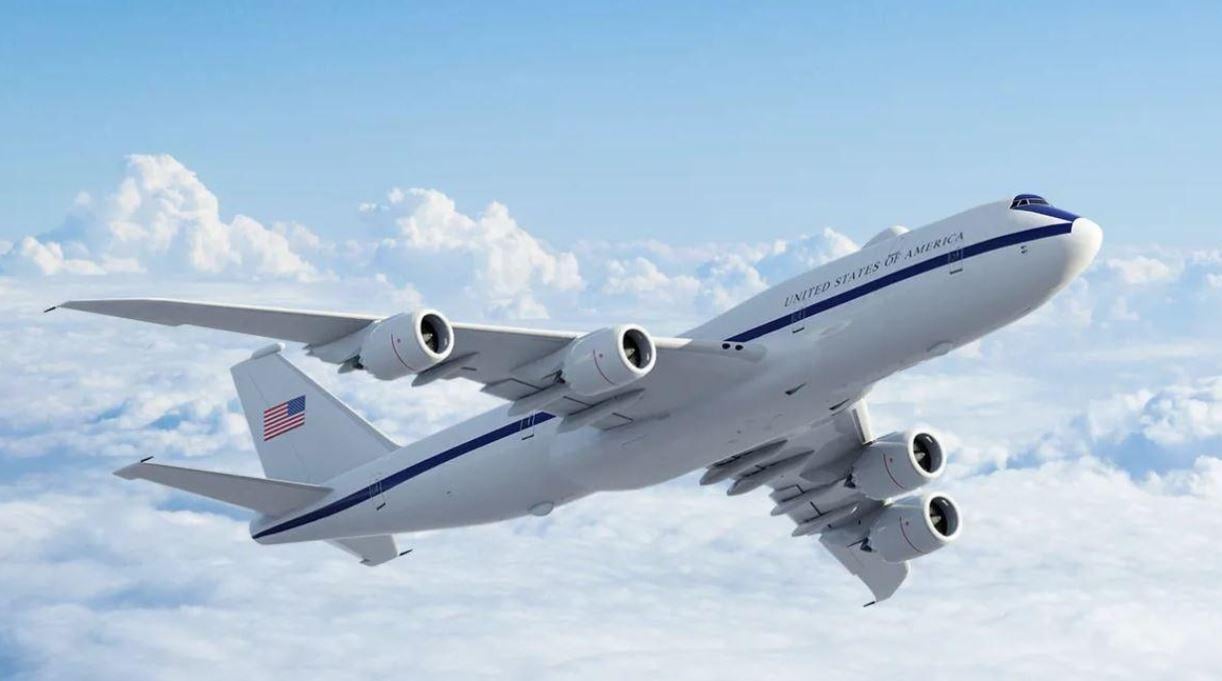
Sierra Nevada Corp. rendering of its Survivable Airborne Operations Center.
Credit: Sierra Nevada Corp.
Less than one month after winning its biggest contract, Sierra Nevada Corp. has delivered the first round of required designs and is preparing for the arrival of its first 747-8i to be modified as part of the U.S. Air Force’s Survivable Airborne Operations Center program. SNC in late April received...
Subscription Required
How Sierra Nevada Corp. Is Starting To Build The Next Doomsday Fleet is published in Aerospace Daily & Defense Report, an Aviation Week Intelligence Network (AWIN) Market Briefing and is included with your AWIN membership.
Already a member of AWIN or subscribe to Aerospace Daily & Defense Report through your company? Login with your existing email and password.
Not a member? Learn how you can access the market intelligence and data you need to stay abreast of what's happening in the aerospace and defense community.





